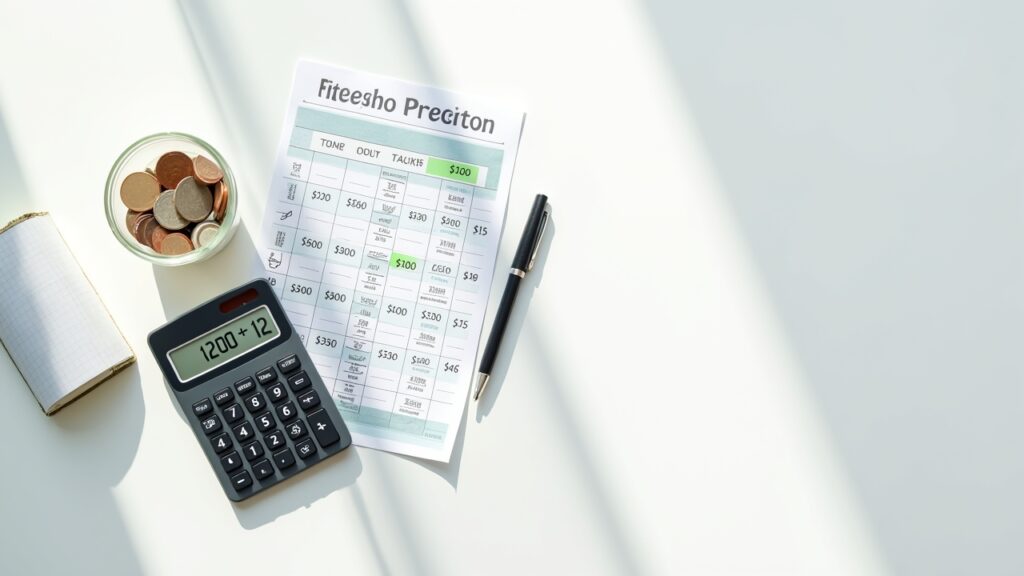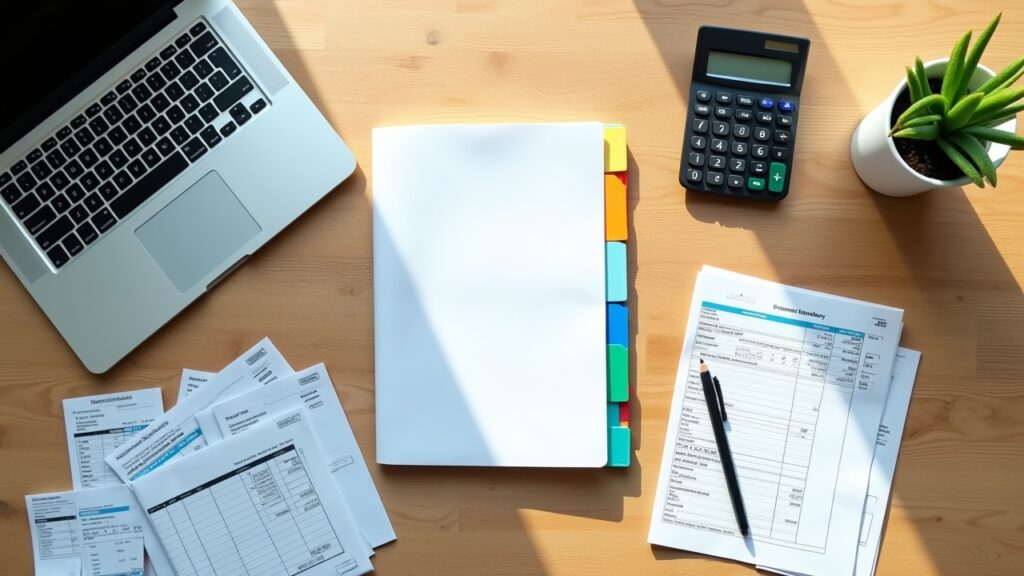Advertisements
Did you know that 78% of Americans live paycheck to paycheck? Yeah, I was totally part of that statistic until I discovered the magic of budgeting for annual expenses! Let me tell you, nothing ruins your day quite like getting slapped with a $800 car insurance bill when you’ve only got $200 in your checking account.
I’ll never forget the panic I felt that December morning. My hands were literally shaking as I opened that envelope. That was my wake-up call – I needed to get my act together and start planning for these sneaky annual expenses that kept ambushing my bank account.
What Are Annual Expenses Anyway?

So here’s the deal – annual expenses are those bills that only show up once a year. They’re like distant relatives who crash at your place unexpectedly. You kinda forget they exist until boom, there they are!
The most common ones include:
- Car insurance and registration
- Property taxes (if you’re lucky enough to own a home)
- Annual subscriptions (Amazon Prime, anyone?)
- Professional licenses or certifications
- HOA fees
- Holiday spending
I used to think I was doing fine financially. Then December would roll around and between Christmas shopping, property taxes, and my car registration, I’d be eating ramen for weeks. Not fun.
The Simple Math That Changed Everything
Here’s where things got interesting. My buddy Jake, who’s always been better with money than me, showed me this ridiculously simple trick. He said, “Dude, just divide each annual expense by 12 and save that amount every month.”
Mind. Blown.
I grabbed a notebook (okay, actually it was the back of a pizza box) and started listing everything:
– Car insurance: $1,200/year = $100/month
– Property taxes: $2,400/year = $200/month
– Christmas budget: $600/year = $50/month
Suddenly, those scary annual bills became manageable monthly amounts. Instead of scrambling to find $1,200 in June, I just needed to set aside $100 each month. Way less stressful!
Creating Your Annual Expense Budget
Alright, let me walk you through exactly how I set this up. First, I went through my bank statements from the past year – yeah, it was as boring as it sounds. But I found expenses I’d completely forgot about, like that professional development course I take every August.
I created a simple spreadsheet (you can use this free template if you’re not into making your own). Listed every single annual expense I could find. Some were obvious, others… not so much.
Pro tip: Don’t forget about irregular expenses like car maintenance! My mechanic told me most cars need about $1,000-1,500 in maintenance per year. I budget $100/month for this, and let me tell you, it’s saved my bacon more than once.
The Envelope Method (Digital Style)
Now, I’m not actually stuffing cash in envelopes like my grandma did. Instead, I opened separate savings accounts for different categories. Most online banks let you do this for free – I use Ally Bank and have like six different savings “buckets.”
Every payday, I automatically transfer money to each bucket:
– Annual Bills: $350
– Car Maintenance: $100
– Holiday Fund: $50
– Vacation Fund: $75 (because you gotta live a little!)
The automation part is crucial. If I had to manually transfer money each time, I’d probably “forget” when things got tight. With automatic transfers, it happens before I even see the money in my checking account.
Common Mistakes I Made (So You Don’t Have To)
Oh boy, where do I start? First mistake – underestimating expenses. I originally budgeted $400 for Christmas. Ha! Between gifts, travel, and that ugly sweater party, I spent closer to $800.
Second mistake was not accounting for inflation. My car insurance went up 15% one year, and because I hadn’t adjusted my monthly savings, I came up short. Now I add a 5% buffer to all my calculations.
The biggest mistake though? Not starting sooner. I kept thinking I’d get to it “next month” when I had more money. News flash – there’s never gonna be a perfect time. Just start with what you can, even if it’s only $20 a month.
Your Financial Peace of Mind

Look, I get it. Budgeting for annual expenses sounds about as exciting as watching paint dry. But trust me, the peace of mind is worth it. No more December panic attacks, no more credit card debt from unexpected bills.
Start small if you need to. Pick just one or two annual expenses and begin saving for those. Once you see how good it feels to pay that bill without stress, you’ll be motivated to expand your system.
Remember, personal finance is personal. What works for me might need tweaking for your situation. The important thing is to start somewhere and adjust as you go.
Want more tips on taking control of your finances? Check out other helpful articles at Cashflow Zen – we’re all about making money management less stressful and more, well, zen!




[…] You both transform your money lives together. For more tips on mastering your money mindset and practical budgeting strategies, check out other posts on Cashflow Zen – we’re all about making finances feel less […]